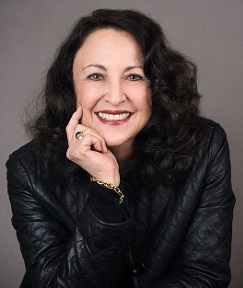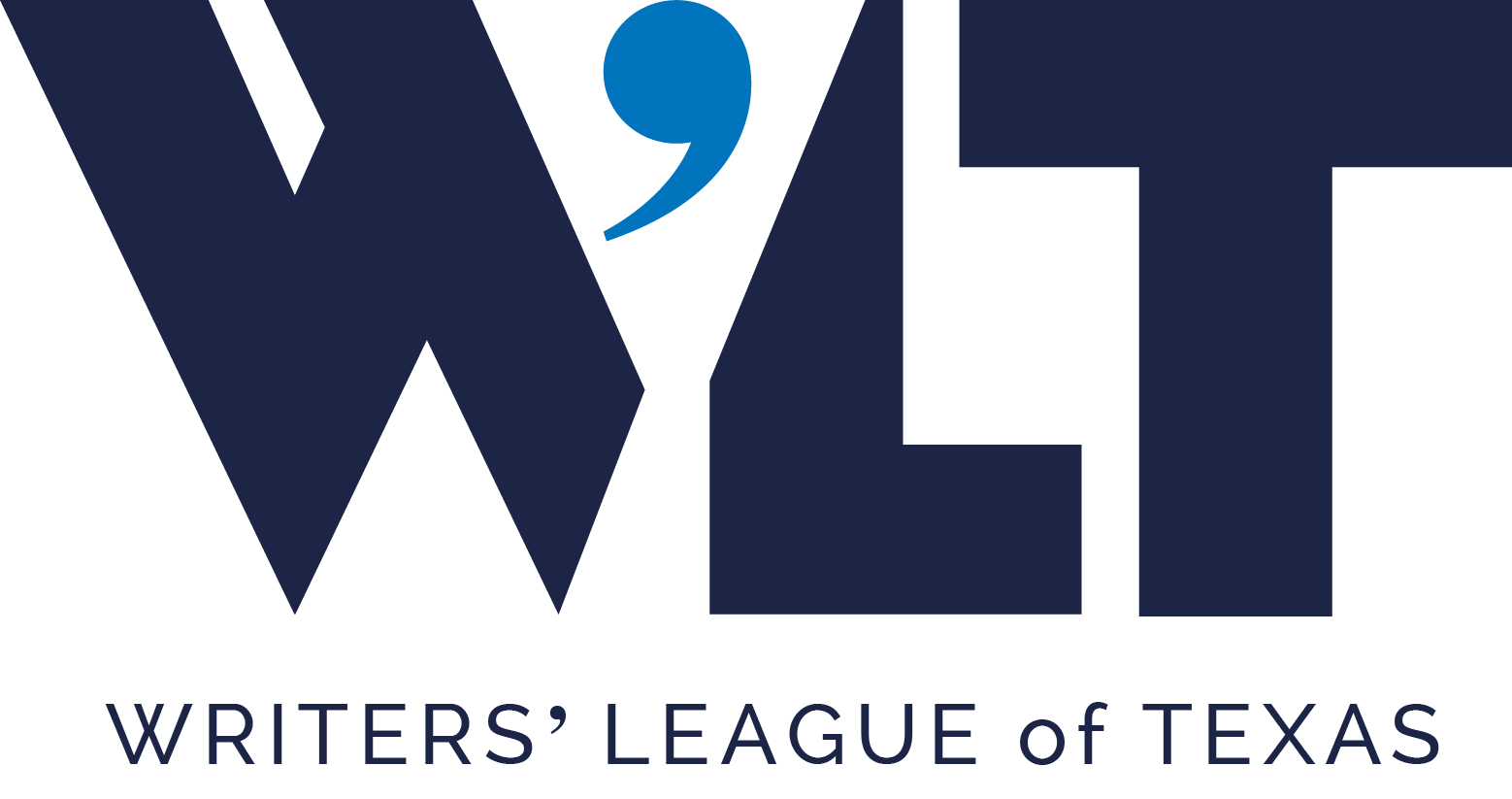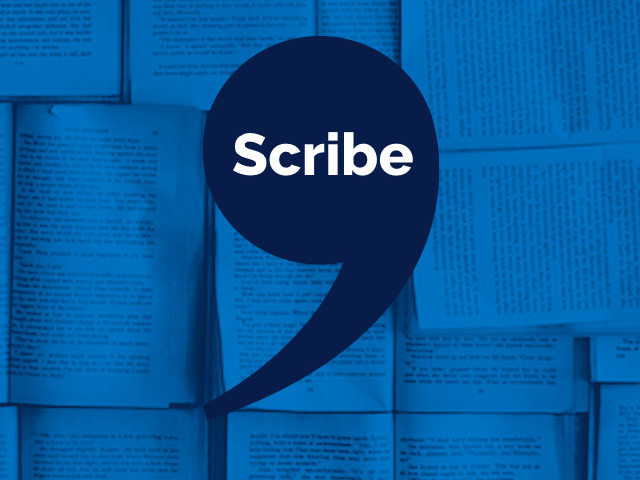“When embarking on revision, every writer needs to enter a space that seems contradictory: both entirely objective (as if he or she was a reader picking up the work for the first time) and deeply in tune with the creative forces and intention that shaped the work’s first draft to begin with.”
-Carol Dawson
Carol Dawson is both a novelist and nonfiction author whose books include the novels The Waking Spell, Body of Knowledge, Meeting the Minotaur, and The Mother-in-Law Diaries, all published by Algonquin Books, Simon and Schuster, Viking-Penguin, and translated overseas. Her award-winning non-fiction book House of Plenty: The Rise, Fall, and Revival of Luby’s Cafeterias was published by the University of Texas Press. She has taught creative writing and literature at the College of Santa Fe, as well as in numerous workshops. In addition, her work has been published in magazines and journals, including Texas Monthly, Southern Living, The Oxford-American, Parenting Magazine, etc. Her latest non-fiction book, Miles and Miles of Texas: The Story of the Texas Highway Department, 1917-2017, was released on October 1, 2016 by Texas A&M University Press.
Carol is teaching a class for the Writers’ League of Texas called “Editing Toward Excellence: Fine-Tuning Your Manuscript to the Gripping Point” on December 3 at St. Edward’s University in Austin, TX. This class will teach students how to look at their manuscripts from the editing vantage point. Read the interview below and visit the class page to learn more.
 Scribe: Writers are often resistant to revision—and when they do begin to revise, it’s tempting to nibble at the edges, tweaking a word or phrase here and there. What is the mindset that a writer needs to enter in order to do his or her best revision?
Scribe: Writers are often resistant to revision—and when they do begin to revise, it’s tempting to nibble at the edges, tweaking a word or phrase here and there. What is the mindset that a writer needs to enter in order to do his or her best revision?
Carol Dawson: When embarking on revision, every writer needs to enter a space that seems contradictory: both entirely objective (as if he or she was a reader picking up the work for the first time) and deeply in tune with the creative forces and intention that shaped the work’s first draft to begin with. It’s a sort of knife-edge walk down the page. To stand back and look at what’s working and what is not, and why, and what can be done to fix it requires a mindset of problem-solving and distance that a few word-tweaks will not necessarily satisfy.
Scribe: You’ve written six books. Does revision get easier as you go, or must you reinvent the process anew each time?
CD: I have actually written a great many more than that! I’ve published six books. Therefore, I’m very familiar with the early pain and conundrums that inflect the task of revision. But yes, revision does get easier as I go—to the point that, these days, I incorporate it (using that knife-minded objectivity I mentioned) as I write the first, second, and third drafts. That makes the end result much easier to achieve. That’s also the goal I wish for the students who take this class.
Scribe: In the class description, you mention creating “authority on the page.” What, exactly, does that mean? What distinguishes an authoritative sentence from a hesitant one?
CD: Verb usage, clarity of thought, strong voice, lack of clutter—a host of qualities. Above all, a certainty of intent, of what you want the reader to take away from the story.
Scribe: Students in the class will read a page of their work aloud. Why is reading one’s writing aloud a good revision exercise?
CD: It’s the best cure I know of for spotting problems. Glitches, mistakes, bloopers, clumsiness, poor syntax—you name it—all grow visible when read aloud to a listener in ways they never do when read silently. It instantly objectifies the text because you’re using your voice to give life to the words, and, therefore, you see and hear them in a completely different way yourself.
—
Thanks, Carol!
Click here to register for Carol’s class.
Click here for our current class schedule.









